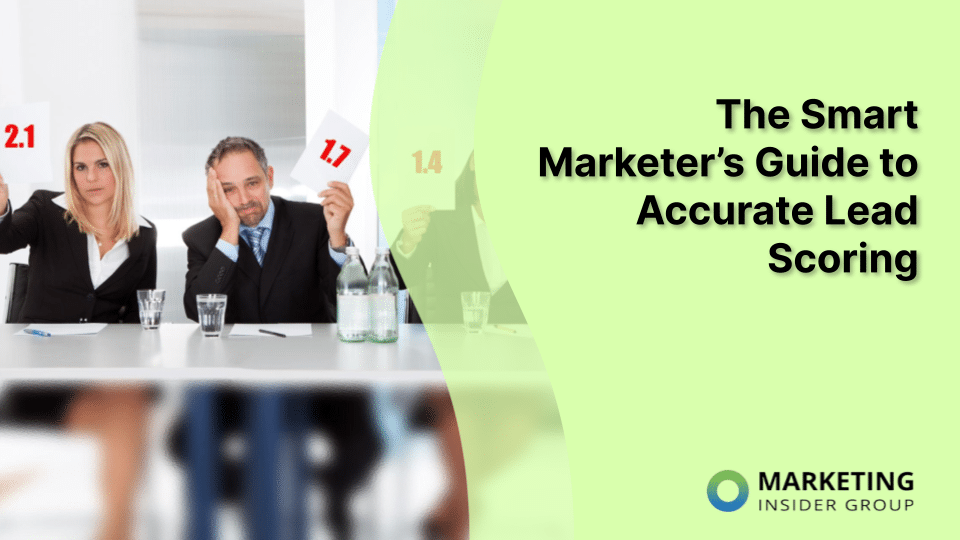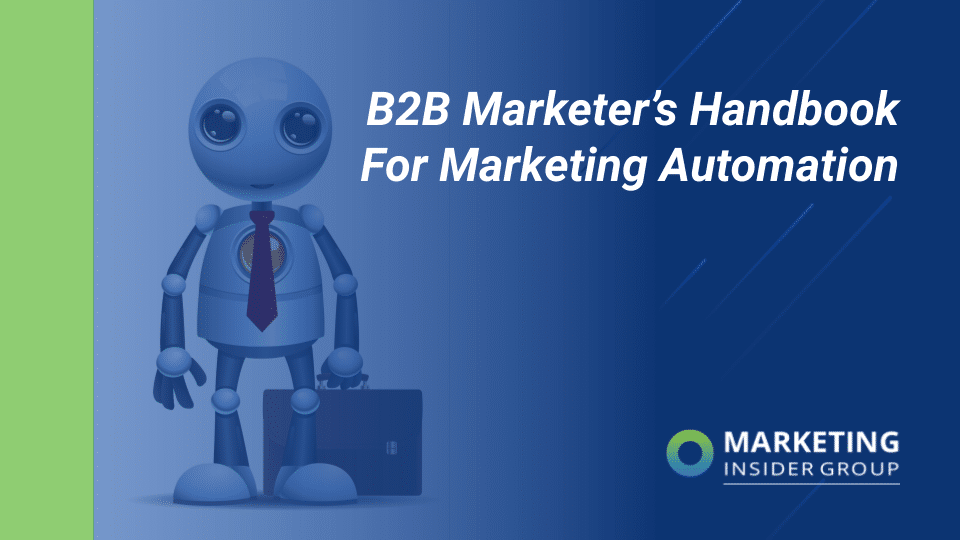
The B2B Marketer’s Guide to Digital Marketing Attribution
Accountability is something that is incredibly important in order for the departments within a company to work well together. Unfortunately, in a corporate environment, in this age of “consensus,” it is not easy to assign or accept.
The lack of rightful accountability is often quite prevalent in marketing and sales. Since most B2B organizations use a wide range of digital strategies to generate leads and convert customers, it is hard to say which approaches are working better than others. This can also make it quite difficult for marketing teams to be totally honest with themselves and identify weak strategies.
This is just one reason why accurate digital attribution is so important. It helps marketing teams to understand just how much their efforts play into the customer journey, which can help to make their efforts more effective and guide their budget spending towards the strategies that bring the greatest returns.
IAB defines attribution as “the process of identifying a set of user actions (“events”) across screens and touch points that contribute in some manner to the desired outcome, and then assigning value to each of these events.”
In digital marketing, proper attribution can be a total game-changer and help businesses reach their end goals. However, there are some things that even the savviest of B2B marketers need to understand before applying this approach to their own strategies.
Quick Takeaways:
- Today’s customers go back and forth along the marketing funnel, which resembles a conveyor belt.
- Marketing tools and channels generate huge amounts of data today. You need to know how to make sense of this data.
- Do experiment with attribution models. A multi-touch model with more weightage on the first and last touches is good to start with.
The Modern Customer Journey is No Longer Linear
Gone are the days when customers follow a simple three-step path towards a conversion. Since consumers are interacting with brands from multiple sources each day, the path is more like a spider’s web than a straight line. There are twists and turns and some customers even backtrack before they make a final purchasing decision.
Moreover, businesses today are using numerous methods and channels to reach customers wherever they can. Most B2B organizations use a marketing mix of multiple strategies, the most common being email campaigns, content marketing, and in-person events.
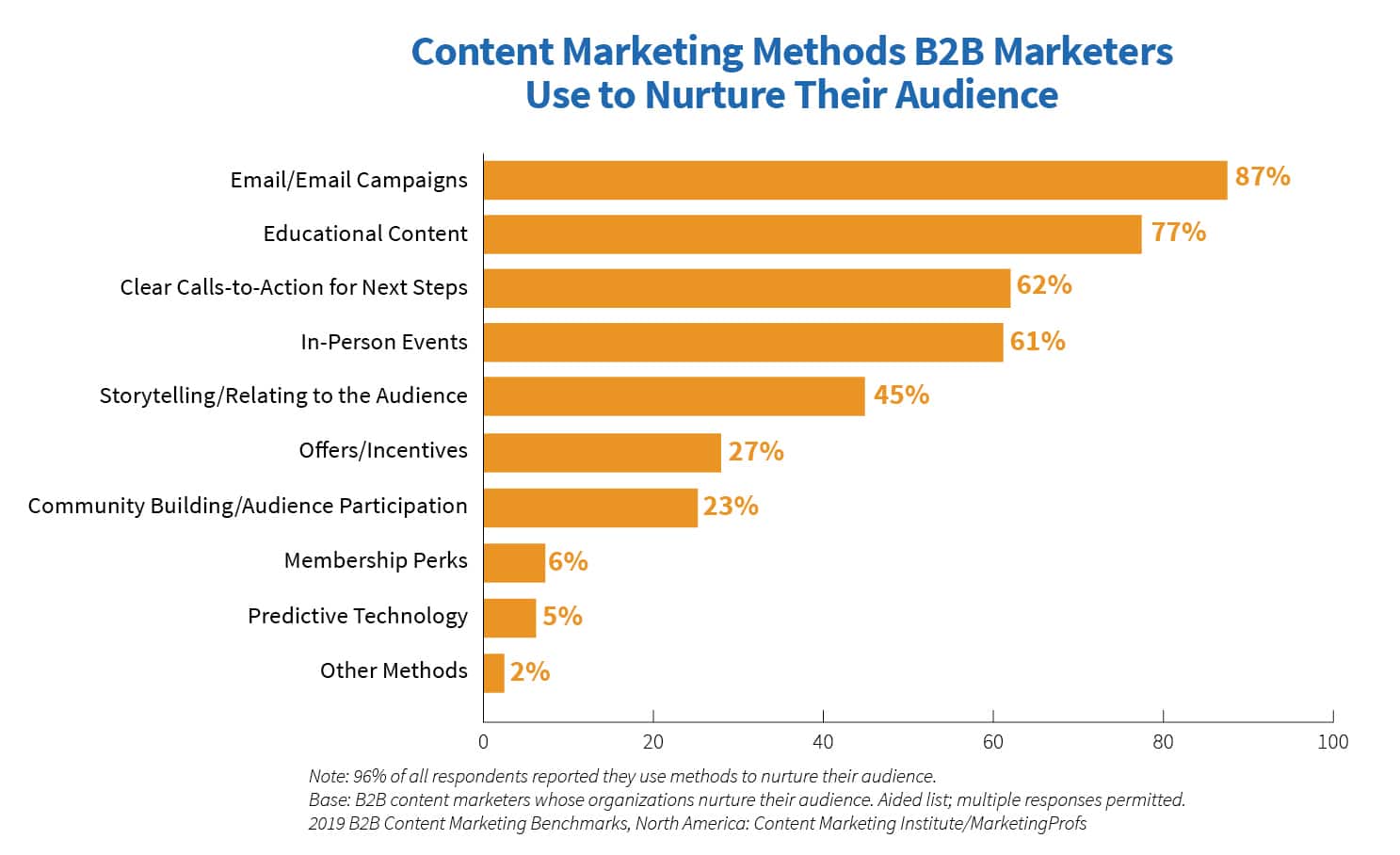
All of these strategies have an important role to play in the buyer’s journey – and some will be more influential than others. Demand Gen’s Content Preferences Survey Report examined how content affects customers at various stages in the buying process; it found that 79% of B2B buyers read case studies, 71% viewed white papers and blog posts, and 69% used third party reports to research a business before making a purchasing decision.
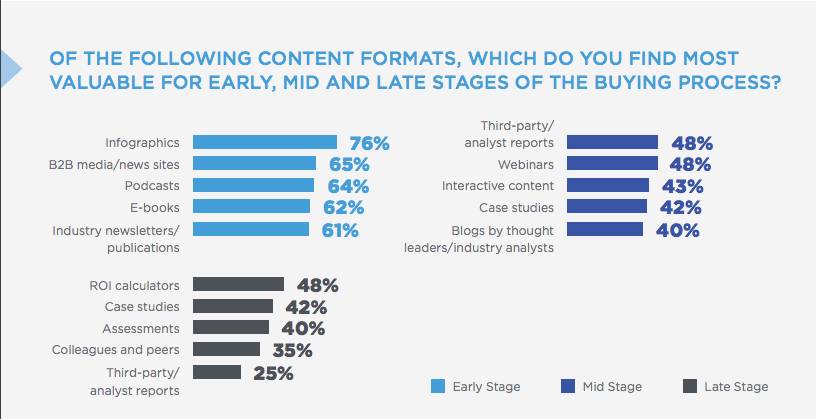
Since customers are using multiple content resources, it can be extremely difficult to create an accurate attribution model – but it is not impossible.
Mapping the Customer Journey with Data Analysis
In order to start to put the pieces together, you need to pay close attention to the influence that each of your marketing strategies has on the results. This can only be done with accurate, real-time data that monitors customer behavior so that you understand what role each touchpoint played.
First, you will need to configure digital campaigns so that each view, click, and tap can be tracked.
Say a large portion of your website traffic is coming from a marketing email that is sent out to all potential leads. A cursory look at the analysis might lead you to assume that this is the strongest touchpoint for acquiring customers. However, with deeper analysis, you might find out that only about 2% of those clicks actually convert. Another channel might be funneling in a smaller number of leads but have a higher conversion rate, and therefore, deserve more attribution.
By tracking these clicks, you can also start to connect the dots and create a more accurate buyer’s journey map. Look at the data on your digital strategies and see if you can answer questions like:
- After customers click on an ad, are they likely to read your blog?
- After they read several blog posts, do they reach out to a sales rep?
- How many pieces of content do most customers consume before reaching a final purchasing decision?
- If the initial click comes from a social media post versus a targeted ad, does it change the behavior that follows?
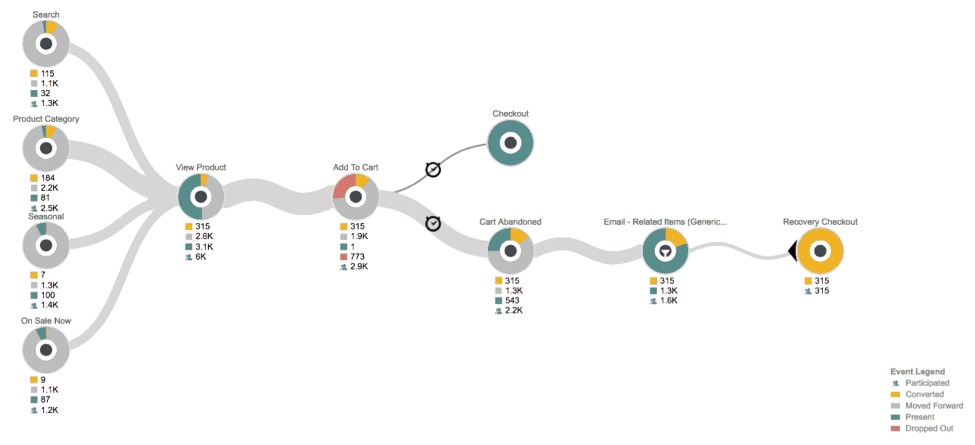
The Connections and Transitions between the Stages of the Funnel
There two main types of digital marketing attribution models that are important to understand: Single-tough and multi-touch. A single-touch model is much easier to use, but slightly less accurate and precise. This approach gives all the credit to a single action which can be the first click, the lead-creation click, or the last click.
In many cases, this approach is more appropriate for B2C businesses to use since the customer’s journey is typically shorter and can be easily attributed to a single interaction with a consumer.
The B2B buyer’s journey tends to be longer and more complicated. Here, the multi-touch attribution model fares better. There are several models that a multi-touch approach can follow:
- Linear models, which provide equal attribution to all channels that a customer engages with
- Descending or time decay models, which give the majority of the credit to touch points that occur directly before a conversion
- U-shaped models, which attribute 40% of conversion credit to the initial touchpoint as well as the lead-creation touchpoint, with the remaining 20% split evenly among all other interactions
- W-shaped model which splits up 30% of the revenue credit to the three main interactions (initial, lead-creation, and opportunity-creation) with the remaining 10% attributed to all other touch points
- Full-path models, which more or less evenly distribute credit to the first, lead-creation, opportunity-creation, and closed-won touchpoint at 22.5% each, with all other touch points making up the remaining 10%
Each of these approaches have their own strengths and weaknesses. It is far easier to attribute the majority of credit to one or two touch points rather than trying to evenly distribute it among multiple interactions. Only experimentation, in conjunction with quick changes in budget allocation, will give your team a totally accurate depiction of the most effective channels.
Getting into the Minds of the Audience
Failing to attribute revenue correctly will take your marketing campaigns off course and result in a colossal waste of time, money, and organizational resources. Therefore, it’s very important that you
- Map your brand messaging and content to your customer journey
- Build a model that quantifies the collective and individual impact of marketing touch points
- Record every interaction with your audience and feed it into your model
- Nudge and guide customers from one stage of the funnel to the next with appropriate calls to action
Data and analytics are critical components of digital attribution. Get them right and marketing success is bound to follow. Over and above that, aim to get a better understanding into the interests, intents, and motivations of your customers from the insights that your attribution model delivers, in order to set up a virtuous cycle of increasing sales and revenue.


